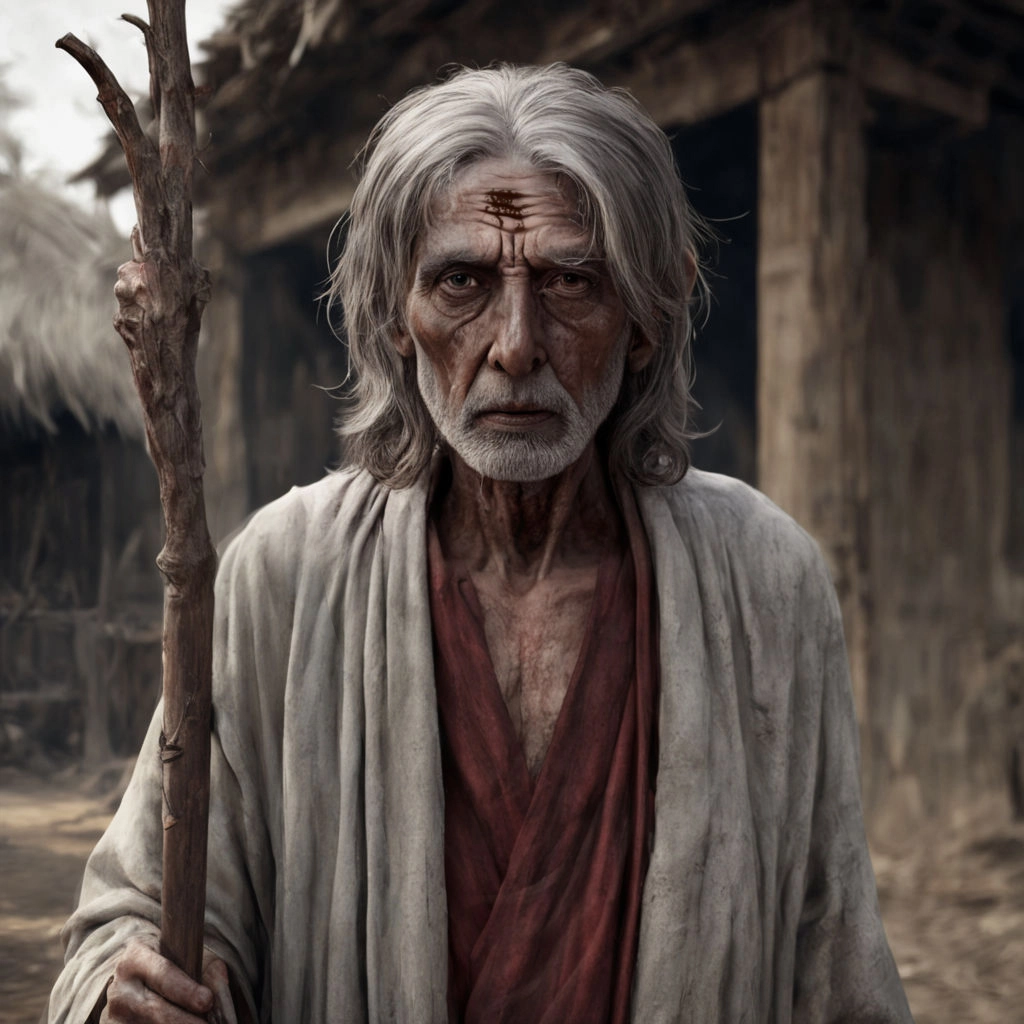Ashwathama: The Anshavatar of Lord Shiva

Story of Ashwathama
The story of Ashwathama, son of the illustrious Dronacharya and his devoted wife Kripi, is steeped in legend and mysticism. As chronicled in ancient Hindu scriptures and epic narratives, Ashwatthama’s arrival was heralded by extraordinary phenomena that signaled his unique destiny. This event was not just a familial milestone but a moment imbued with divine intervention and celestial significance.
Birth of Ashwatthama
Ashwathama’s birth was the culmination of years of penance and fervent prayers by his parents. The gods responded to their devotion in a manner that surpassed all expectations. Unlike ordinary infants, Ashwatthama did not cry upon his birth. Instead, he neighed like a horse, a sound that resonated across the realms, earning him the name “Ashwathama” — meaning the sacred voice of a horse. This auspicious sound was perceived as a divine proclamation of his extraordinary destiny and importance.
Celestial Endorsement and Divine Protection
The moment of Ashwatthama’s birth was further sanctified by a celestial voice, believed to be that of Lord Shiva, declaring his blessed status. Born with a ‘Mani’ or gem embedded in his forehead, Ashwatthama was endowed with divine protection. This gem, glowing with ethereal radiance, symbolized his inherent purity and divine lineage, shielding him from malevolent forces and evil spirits.
Early Life and Warrior Training
Raised under the tutelage of his father, Dronacharya, Ashwatthama’s early life was dedicated to mastering the art of warfare. Despite being in the shadow of the exceptional archer Arjuna, Ashwatthama’s dedication and prowess earned him a place among the most formidable warriors of his time. His journey was marked by humility and rigorous training, yet marred by an impetuous nature and unchecked ego.
The Bestowal of the Brahmastra
A significant turning point in Ashwatthama’s life came when Dronacharya, moved by paternal affection, imparted to him the knowledge of using the Brahmastra, a weapon of unparalleled destructive power. Despite Dronacharya’s awareness of Ashwatthama’s impetuous nature, his love for his son outweighed his caution. Unfortunately, instead of instilling humility, this bestowed knowledge inflated Ashwatthama’s sense of pride and entitlement, setting him on a path fraught with reckless decisions and tragic consequences.
Role in the Kurukshetra War
Ashwatthama’s actions during the Kurukshetra war were driven by loyalty to the Kauravas and a desire to avenge his father’s death. The tragic news of Dronacharya’s demise, manipulated by the Pandavas through a cunning ruse, plunged Ashwatthama into a fury. In his rage, he unleashed the Narayanastra, a celestial weapon of immense power. However, Krishna’s divine strategy neutralized the weapon, sparing the Pandavas and their allies.
Story of Ashwathama's Downfall
In the war’s final stages, with the Kauravas defeated and Duryodhana on the brink of death, Ashwatthama, driven by desperation, orchestrated a night attack on the Pandava camp. Alongside Kripa and Kritavarma, he launched a merciless assault, resulting in the tragic massacre of the Pandavas’ sons. This act of treachery marked one of the war’s darkest moments and underscored the devastating impact of unchecked hatred and vengeance.
The Curse and Eternal Suffering
Following the heinous massacre, Ashwatthama’s final act of betrayal was his attempt to kill the unborn child of Uttara, the daughter-in-law of Arjuna. However, Krishna intervened, cursing Ashwatthama to an eternity of suffering. Condemned to wander the earth with an unhealable wound on his forehead, Ashwatthama’s immortal existence became a symbol of divine justice.
Perpetual Torment and Modern Sightings
Legends persist that Ashwathama continues to roam the earth, seeking solace in Shiva temples across India. Modern sightings, including accounts like those reported by the Mumbai Mirror, describe encounters with a mysterious figure bearing a wound on his forehead, vanishing mysteriously after seeking medical help. These stories blend folklore with reality, perpetuating the enigmatic legacy of Ashwatthama.
Conclusion
The story of Ashwathama, rich with divine elements and moral lessons, remains a compelling part of Hindu mythology. His life, marked by divine favor and tragic downfall, serves as a cautionary tale about the dangers of unchecked ego and the consequences of moral corruption. The enduring fascination with Ashwathama, from ancient scriptures to modern sightings, highlights the timeless relevance of mythological figures in shaping cultural beliefs and human consciousness. Whether as a symbol of divine retribution or a figure of eternal suffering, Ashwathama’s legend continues to captivate and inspire, inviting contemplation on the nature of fate, redemption, and the eternal struggle between light and darkness within the human soul.

